Japandi – The imperfectly perfect home
Today we are going from Japandi to Wabi Sabi to acceptance of the imperfect reality, the aspirational dreams of what your idea of perfection may look like in your home space and a really nice chair that maybe encapsulates all of the above. Are you ready? Hold on to your coffee cups.
Hands up I had NO idea what Japandi and Wabi Sabi were but when I do what we all do when we don’t know the answer to something, and googled both, the pictures that came up showed imagery that was not at all new to me.
First I will take it a step back we have being seeing Scandi in interiors for years now, it is everywhere and I don’t say that to be disparaging even one teeny bit. I love it, and obviously we all do because it is a staple look and such a trusted go to style. With the fundamental pillars of Scandinavian design being functionality, great craftsmanship, unashamed simplicity and no compromise when it comes to beauty what is not to love? Stereotypically in design Scandinavians prioritise maximising natural light and there is usually subtly brilliant well thought through multi-functionality at play too.
My admirably adventure spirited parents took us on a family trip to Sweden when I was in my early teens. We had friends who had family connections there so we were introduced into rustic Swedish homes and welcoming sprawling summer parties on beautiful holiday-going islands which I can no longer remember the name of. Without divulging my age decades later I can still clearly see the muted palettes, the welcoming vibes, the restrained delectable fabrics, the exquisite sophistication of everything in sight. I don’t say that lightly, it stood out all those years ago that the Swedes just nailed it when it came to tasteful interiors.
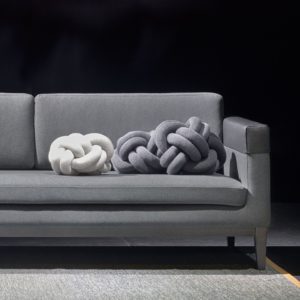
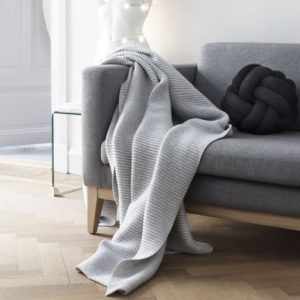
But what then is Japandi? It doesn’t take a rocket scientist to decode the hybrid terminology for this evolved trend. I will admit archetypal Japanese home design isn’t a vibe I am just as au fait with. My natural assumption of Japanese home design is the elevating of minimalism, the prominence of natural wood and my mental view features furniture being low laying.
I have warned you before about me getting my interiors research geek on. Have you ever heard of “Fusuma”? Well no I hadn’t either, before you completely write me off for this being a blog where you find out how much I don’t know I will unpack that one as all. Fusuma are sliding wall panels used in the construction of houses in Japan, typically made out of wooden frames with paper or cloth fabric on both sides. The screens are secured by discreet rails in the floor or ceiling and can slide to move easily out of the way. The idea is that you can partition off parts of your living space depending on the needs, so that you can go from cosy, intimate times to space for larger gatherings when you are hosting loved ones. This concept blow my mind, I had never heard of this before but if that is not an ingenious example of life promoting spaces I am not sure what is. You will have heard us banging on about life promoting spaces (if you want to refresh check out our blog on _ to understand this lens by which we do what we do here at Signaturize).
Sound travel and privacy would be the first obstacles to incorporating Fusuma walls into my lifestyle anytime soon, but it is a concept that truly is fascinating to me and makes so much sense in terms of versatility of living arrangements and to meet that demand of changing needs of your lifestyle as your life evolves, even seemingly from one week to the next.
So back to this concept of Japandi well it’s a look that has evolved, bringing the best of both the modern wholeheartedness of Scandinavian design and the classic elegance of a Japanese interior aesthetic. At Signaturize we have weekly rhythms of new product selections where we decide what new models were are going to get our amazing team of designers to make for our app. Sometimes we come together and they are differing opinions on what is a priority and what should go straight to the “ridiculous ideas bin” (that doesn’t actually exist but if it did. This product was the opposite, there was no debate, it was proposed and loved by all and the reason I share it is because to me this chair is the whole “Japandi” vibe in a single chair and at [£ ] the amazing price point was another added bonus. It is simple and stand out all in one and for me it showcased this simplicity and elegance that I think we have really embraced when it comes to Japandi. Its popularity it seems is derived from its ability to be minimalistic, wholly functional, cosy and welcoming; with touches of beautiful imperfection which leads us on to this notion of Wabi– Sabi.
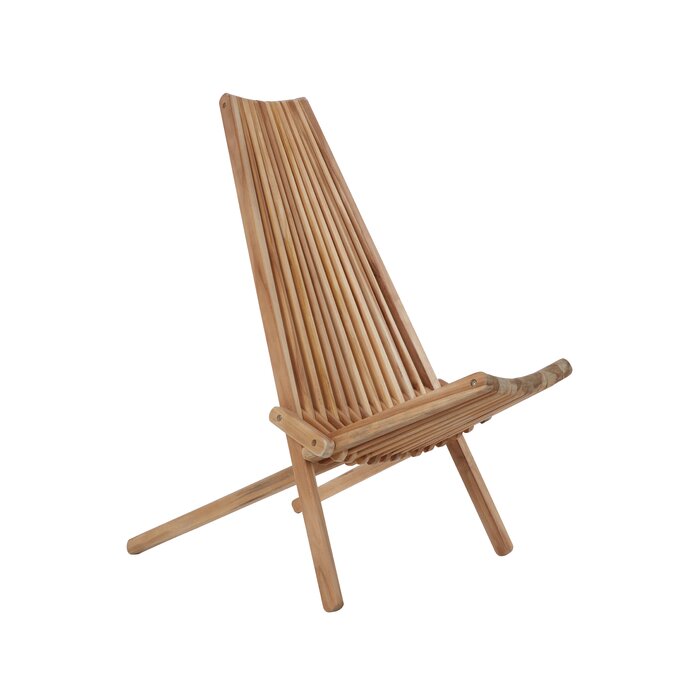
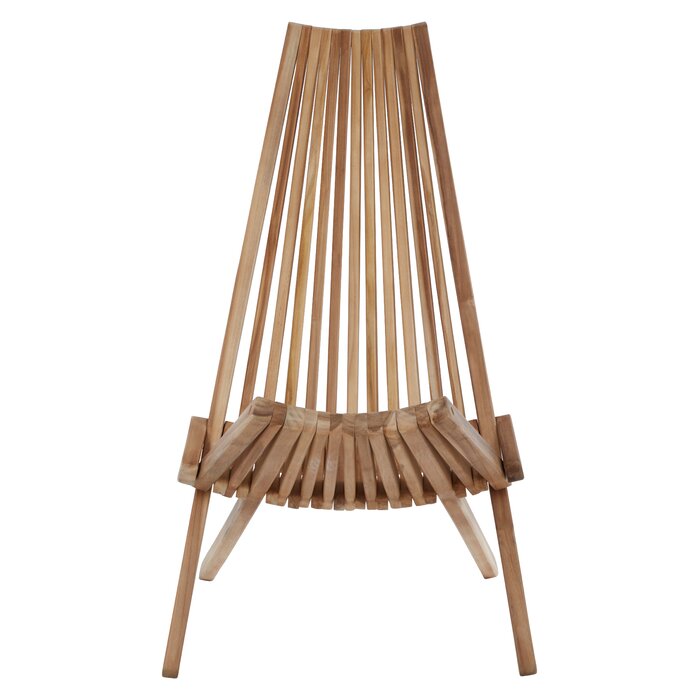
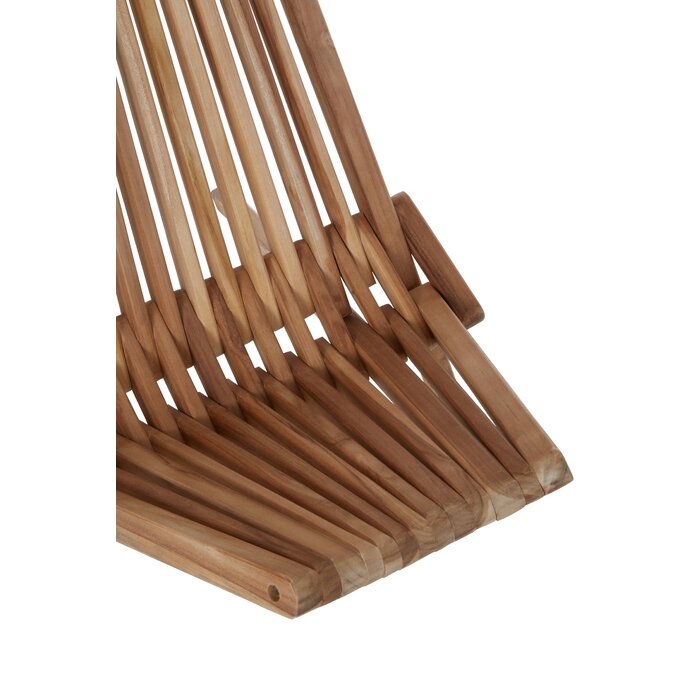
So what is Wabi-Sabi? Leonard Koren wrote a book about it and couldn’t find a satisfactory definition so he tried to capture his own, he describes it as; “the beauty of things imperfect, impermanent, and incomplete, the antithesis of our classical Western notion of beauty as something perfect, enduring, and monumental.” For our purposes thinking of interior design philosophies specifically a home that embraces the concept of Wabi-Sabi home is one that embraces authenticity, it finds it in the acceptance of how the home ages and wears with use, and the most important overaching theme is that peace and tranquillity is prioritised.
Perfect, enduring, monumental. Are these the pillars of interior design that I strive for in my own home aesthetic? Or is the need to have the perfect looking home wholly unrealistic and so disheartening because it is unachievable?
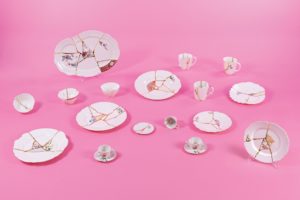
What really strikes me from Koren’s description is how Wabi-Sabi encourages the avoidance of the trap of monumentalising our homes, this really stopped me in my tracks when I think about how I need to accept the transience of our home. It makes me think of when we first started seriously thinking of building our family home. My eldest son was 2 when we bought the site for the self build and I even think we may have completed on the purchase the day my second son was born, funnily enough I can’t quite remember the exact details on that. But our children were very small and we probably had it in the very back of our heads that we may even be blessed with more little ones some day. Least did we know 2 years later we would double the troops. My reason for sharing that is I remember my (meticulous) husband panicking one day were we being totally ridiculous should we not wait 10 years until the kids were more sensible and wouldn’t totally wreck a lovely brand new house. I got his reluctant because let’s face it children can be animal like in their mess, crumbs, smears, chips and tears but we both knew it was part of the territory of family life and the opportunity for the space and the building of memories has to outweigh the risk of the damage and the mess. My husband’s reservations sound ridiculous when you rationalise them but how often do we do it when we keep things (I’m thinking handbags or certain clothes) just for good? Surely every day is a good enough excuse, a year in loungewear proves that point perfectly.
I’m struck by this subversive notion that the walls can move, that a home environment needs to change as the parameters of life change, that you would consciously embrace that process, that the objects inside of the home are allowed to be used, enjoyed and there will be an aging and decaying in that process, much like you would never resent a wise, older member of your family aging and slowing down. Just like there is with nature, there are visual changes to the seasons and to me our souls really thrive on that cyclical process, the changing of colours the muted colours of the death and decay and then the bright expectation of the new life. Wabi-Sabi is appreciating beautiful things that are imperfect, impermanent, and incomplete, much like we see in nature. Just wow, the art of appreciating the beauty in the naturally imperfect world, there is something quite “breath of fresh air” like to me about this the more I unpack it.
At the risk of over simplifying a sacred principle Wabi-Sabi is known to originate from Zen Buddhism, I think the visuals of this are helpful. Research suggests this important part of Japanese culture originated from a tea ceremony performed in Buddhism, in this ritual of purity and simplicity prized bowls that were handmade and irregularly shaped, with uneven glaze; the incongrous beauty of these particular bowls are celebrated for their deliberate imperfection. So rather than begrudge the inability to maintain the pristine, this ancient ritual actually elevates the acceptance, and celebrates the beauty of the naturally imperfect. Made in Design are a trusted retailer we love working with, they sell these amazing Kintsugi tableware illustrating this ancient craft.
So let me leave you with this thought you won’t find Wabi-Sabi in any perfectly co-ordinatinated magazine shoots, you won’t find it in airbrushed stylized pictures, you won’t find it in that unachievable filter picture perfect instagram life, and you certainly won’t find it in Botox sheened foreheads either, or indeed in any of our subtle but tireless quests for self-improvement. Instead it’s the embracing of the beauty and simplicity that is accentuated through the daily work of living. It is about cultivating the sustaining beauty of what’s natural. It is the counter cultural, radically simple choice to accept the process of change and the rolling on of the seasons of life. Perhaps when we can find the freedom that comes with being more accepting of the imperfections of the world, and surrender ourselves to the transience. This abandoning of the “perfect”, boy I think this philosophy has the potential to simplify every aspect of the way we live. I’m in.